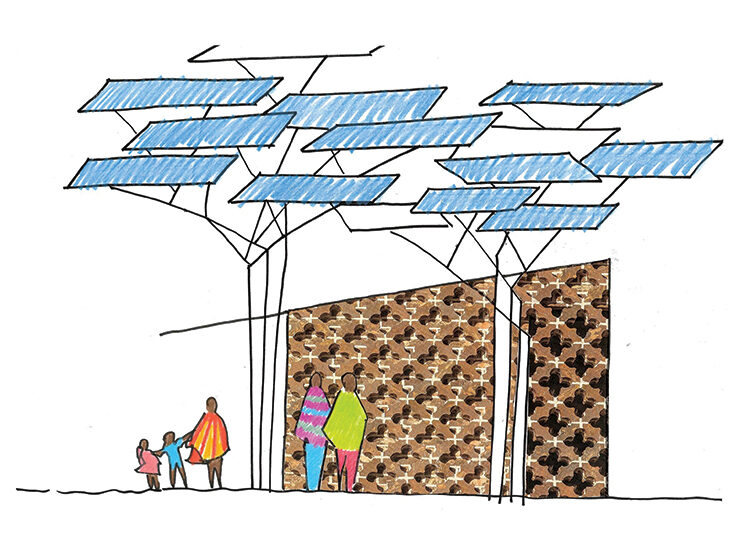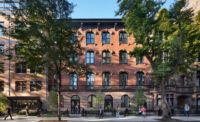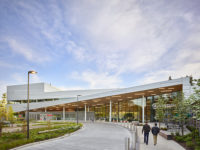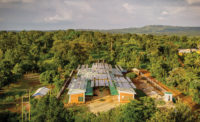If you develop appendicitis in the United States, chances are high that you’ll receive a top-notch appendectomy at a local hospital and be on your feet in 12 hours. But if you live in rural Uganda, “you will die,” says Dr. Michael Marin, chairman of the department of surgery at New York City’s Mount Sinai Medical Center. “Simple surgical interventions are life-altering or life-ending.” Roughly 5 billion people—two-thirds of the world—do not have access to safe and affordable surgery, causing 19 million deaths per year. AIDS, tuberculosis, and malaria combined result in far fewer—3.5 million—and yet, as Marin laments, most philanthropic investments are not made in surgery.
Renowned for revolutionizing vascular surgery, Marin has also dedicated his career to championing global surgical health and to delivering surgical care to underserved parts of the world. Surgery is commonly believed to be expensive and complicated, requiring special equipment and the skills of a genius. “So we’ve set out on a pathway to see if we can dissuade people from that belief,” he says.
To do that, Marin found a private donor and engaged New York’s Kliment Halsband Architects (KHA) to design a stripped-down ambulatory surgery center in Kyabirwa, a rural village close to the equator in Uganda. Marin chose Uganda because of its poverty and need, and because he found an already operational health clinic in Kyabirwa that could refer surgical patients. Although KHA has worked on plenty of civic, cultural, and educational projects since Frances Halsband and her husband, the late Robert Kliment, founded the firm in 1972, they had never designed a health-care facility. “Dr. Marin said, ‘That’s why I want to talk to you,’ ” says Halsband. “He wanted a new viewpoint.”
Marin took Halsband and her team on a tour through state-of-the-art operating rooms at Mount Sinai, pointing out everything extraneous or unnecessary for streamlined surgery. “There’s really a very small area where you have to have absolutely top-of-the-line standards for sanitation,” says Halsband. For Kyabirwa, she designed a three-volume, 8,500-square-foot center: an entry pavilion with offices surrounding a reception courtyard; an intermediate volume for pre-op and recovery; and a sterile volume with two operating rooms and adjacent support spaces. The operating rooms can accommodate video-conferencing for consultation with doctors and staff at Mount Sinai.
The steel-framed surgical center is filled in with locally made bricks, forming either solid walls or ventilating screens. Inspired by the proliferation of banana plants in the area, Halsband conceived of a treelike system of solar panels that canopies the building, providing shade and energy (with backup generators). The surgical center will be open in 10 months.
Because Mount Sinai is not funding the operation of the center, Marin is developing a business plan, which includes the establishment of a small banana-cloth factory to generate income for its operations. Another goal is to create an environment and economic model in Kyabirwa that will help attract and retain surgeons.
Marin, a self-proclaimed architecture buff, says he didn’t want this surgical center to be a MASH unit. “I want this first one to be right. It should fit into the community and have some unique features,” he says. He hopes it will result in a cascade of “dozens or hundreds” more like it around the world.







Post a comment to this article
Report Abusive Comment